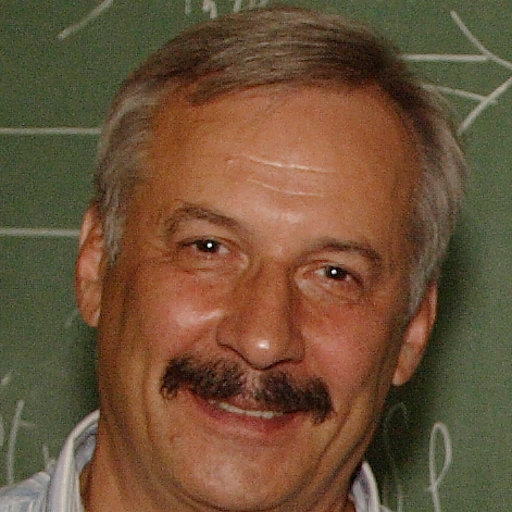IST Distinguished Lecture by Sergei Bulanov
On Friday, 10th of November at 11:30 am, there will be an IST Distinguished Lecture by Sergei Bulanov (FZU – Institute of Physics of the Czech Academy of Sciences). The event will take place at Anfiteatro Abreu Faro – Complexo I at IST.
Title: Extreme Light–Matter Interaction through the Lenses of the Relativistic Flying Mirror Concept
Abstract: In his seminal paper published in 1905, A. Einstein used an example of the light reflection from the mirror moving with arbitrarily large velocity to illustrate basic principles of special theory of relativity. Nowadays the electromagnetic field intensification and the frequency upshift during the light reflection from the relativistic mirror are attractive for research on the development of sources of high-brightness radiation with tunable parameters required by various applications ranging from relatively moderate radiation intensity and ending with those devoted to quantum field theory. In this regard emerges a question on whether or not it is possible to prepare the relativistic mirror of high enough quality for efficient reflection of the light, which can move with the velocity large enough for increasing the light frequency up to the level corresponding to the photon energy in the x-ray range. We can find the answer on this question using the knowledge in the physics of nonlinear processes in relativistic laser plasmas. Relativistic flying mirrors in laser plasmas are thin, dense electron or electron-ion layers accelerated by high-intensity laser pulses to velocities close to the speed of light. In the head-on-collision configuration, the reflection of the electromagnetic wave from the relativistic mirror leads to the frequency of the reflected wave multiplied by the factor proportional to the square of the mirror Lorentz- factor. The expected radiation intensity will reach the level at which the effects predicted by nonlinear quantum electrodynamics start to play a key role. In the co-propagating configuration, the radiation pressure of the electromagnetic wave transfers the energy to the mirror, i.e. to the charged particles, providing a highly efficient acceleration mechanism. Here we overview theoretical and experimental results obtained recently in studying the relativistic mirrors emerging in intense laser-plasma interactions.
 Short bio of the speaker: Professor Bulanov studied theoretical physics and plasma physics at the Moscow institute of physics and technology in the 1960s. He is a Distinguished Research Fellow at the National Institute for Quantum and Radiological Science and Technology in Kyoto, Japan, and a Head of the Department at the ELI-Beamlines, Dolni Brezany in the Czech Republic. Bulanov proposed the idea of relativistic mirrors for generating X-rays, whereby a laser beam is reflected by plasma waves and is split up by nonlinear interactions to form a thin layer of relativistic electrons. They were intended to be an alternative to synchrotron radiation sources and free electron lasers and were used in the development of compact radiation sources and for basic research in quantum electrodynamics (e.g. electron-positron pair production in vacuum). Bulanov has also worked on particle acceleration using laser plasmas and he is a co-author of an idea of using laser-accelerated ions for cancer therapy. He received the 1983 State Prize of the USSR, the 2016 Hannes Alfvén Prize (with Hartmut Zohm) for “contributions to the development of large-scale next-step devices in high-temperature plasma physics research“, and the Order of Rising Sun with Gold Rays and Rosette in 2020.
Short bio of the speaker: Professor Bulanov studied theoretical physics and plasma physics at the Moscow institute of physics and technology in the 1960s. He is a Distinguished Research Fellow at the National Institute for Quantum and Radiological Science and Technology in Kyoto, Japan, and a Head of the Department at the ELI-Beamlines, Dolni Brezany in the Czech Republic. Bulanov proposed the idea of relativistic mirrors for generating X-rays, whereby a laser beam is reflected by plasma waves and is split up by nonlinear interactions to form a thin layer of relativistic electrons. They were intended to be an alternative to synchrotron radiation sources and free electron lasers and were used in the development of compact radiation sources and for basic research in quantum electrodynamics (e.g. electron-positron pair production in vacuum). Bulanov has also worked on particle acceleration using laser plasmas and he is a co-author of an idea of using laser-accelerated ions for cancer therapy. He received the 1983 State Prize of the USSR, the 2016 Hannes Alfvén Prize (with Hartmut Zohm) for “contributions to the development of large-scale next-step devices in high-temperature plasma physics research“, and the Order of Rising Sun with Gold Rays and Rosette in 2020.








